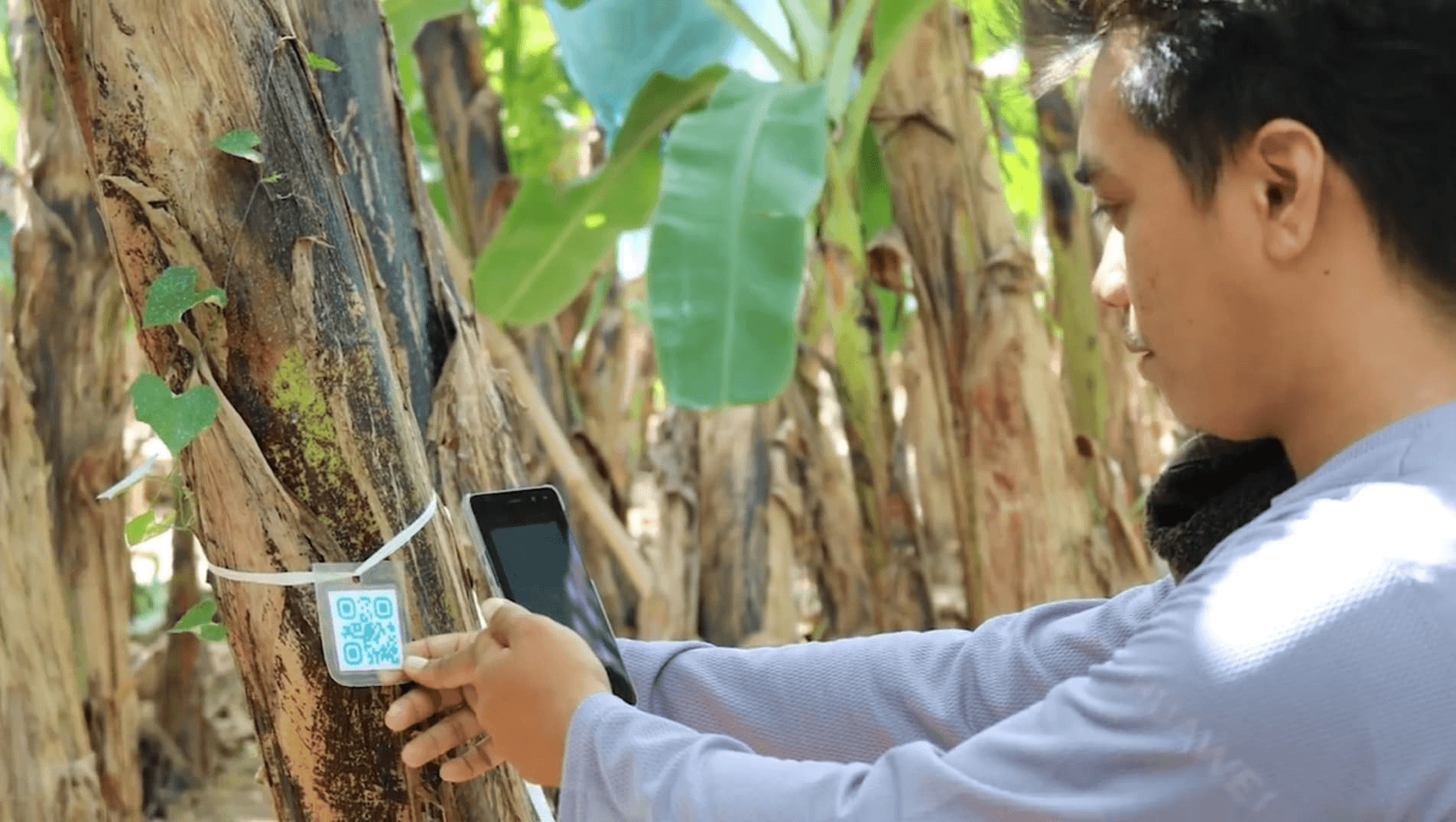SUMMARY
This is AI generated summarization, which may have errors. For context, always refer to the full article.

A DOST program which aims to help local private companies by providing research and development assistance is bearing fruit.
Collaborative Research and Development to Leverage Philippine Economy (CRADLE) sets up experts from universities with private companies facing operational challenges to aid in finding a solution to the said challenges, ensuring university research actually finds practical applications.
Two universities have already helped out stakeholders in the fishing and farming sectors.
The De La Salle University (DLSU) – Manila with Santeh Feeds Corporation developed a more efficient way of harvesting lab-lab, a kind of feed for milkfish.
Noting rising prices in the production of aquafeeds, the partners were able to develop tools that would better ensure a steady supply of affordable feeds. These tools are the Lab-Lab Harvester Autonomous Mode, Lab-Lab Harvester Vision System, and the Drying and Preservation Machine.
With the harvester, collection of lab-lab has been reduced from 30 minutes to 5 minutes, said Dr. Alvin Culaba, the project lead from DLSU. The drying machine, on the other hand, allows users to preserve the feed, so that it can be stored for use in the seasons when it’s not readily available.
Farther south, the University of Southeastern Philippines partnered with HIJO Resources Corporation to develop ROSANNA: Mobile Banana Disease Surveillance System.
The system makes use of spotters in the field that collect data through a mobile app. The mobile app data is sent to a server where it is analyzed to come up with intervention options for the farm managers, explained Dr. Val Quimno, the project lead from USEP.
The goal of the project is minimize the frequency of spraying pesticides, and provide viable disease-control alternatives backed by data, and through better understanding of pests, plant selection, harvest monitoring and other key factors.
The partners said that the system has already generated substantial savings for the company.The company has limited resources, said its CEO Rosanna Tuason-Fores. The R&D help that the CRADLE program provides to them, Santeh Feeds Corporation, and other similar companies in the future may be crucial in stimulating some economic growth.
As for the researchers, they get to see their research in action. “We don’t want to limit our researchers to merely publishing their works in universities; we also want some sectors to benefit from their works,” said DOST secretary Fortunato de la Peña.
CRADLE is a part of the Science for Change (S4C) program of the DOST, which “encourages synergistic relationship between the academe, research and development institutions and industry through collaborative R&D projects.” – Rappler.com
Add a comment
How does this make you feel?
There are no comments yet. Add your comment to start the conversation.